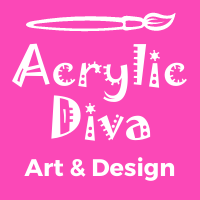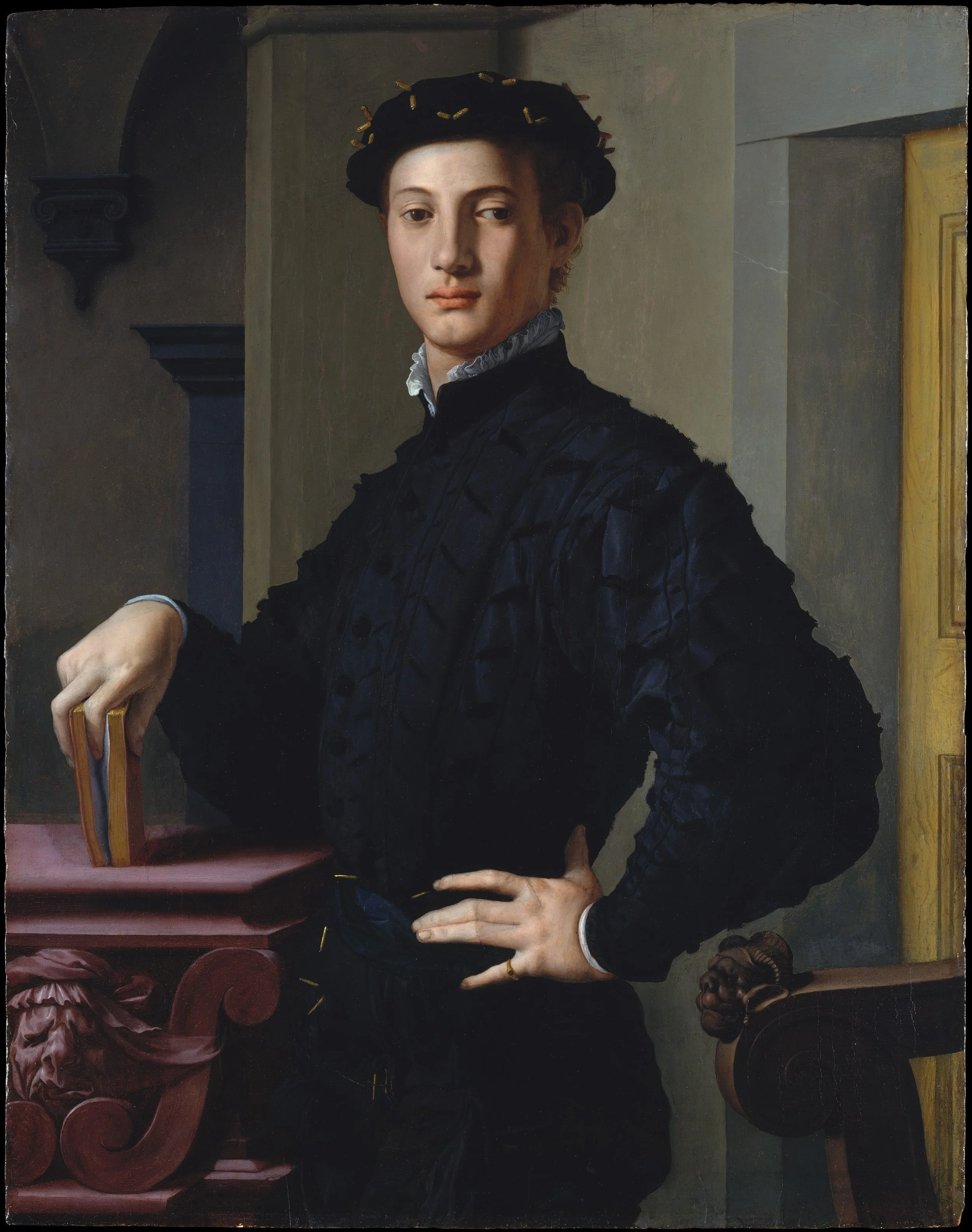Play To Your Strengths
Agnolo Bronzino “Portrait of a Young Man with a Book” 1540
A million years ago, when I was in art school, I was trained as a classical painter. That means I learned to paint in oil in the old Renaissance tradition. You know, chiaroscuro and turning form, etc. I dutifully copied a few paintings, in particular, “Portrait of a Young Man” by Bronzino.
One day as I was working on the Bronzino copy my painting teacher, Casey Fitzimmons came by and gave me a look. I was hunched over the painting, tiny three hairbrush in hand, sweat running down my face, desperately trying to get the fingers correct.
Without stopping, she said, “Next semester I want you in here with a six-foot canvas and a five-inch brush.”
Somehow she knew I was an abstract painter - a big abstract painter. And she was giving me license to play to my strengths.
Now if you push me hard, I can make a reasonable copy of just about any Renaissance painting. Not a real forgery mind you but a passable copy. The question is, why would I? Or better yet, why would you ask me to do that? It’s not in my wheelhouse, as they say.
Do you feel like you have to learn to ____________ (fill in the blank with any skill you like, draw hands, paint landscapes, flowers, children, draw trees) to make art?
The answer is no. This is the 21st-century folks. We do not have to hold to outdated ideas of what it means to be an artist. In the Renaissance, yes, you had to be able to draw and draw well. Images were read as a narrative, to tell a story. The idea of art for art’s sake or as pure expression only came along later.
So here we are in 2019, and people still have the idea that if you can’t draw or you can’t paint a Renaissance-style portrait, then you are not an artist. Phooey. That’s a bunch of baloney and don’t buy into it.
Do you have a great sense of color? Maybe your mixed media pieces are amazing. Do you love to take photographs of your dog? Yes, yes, yes! Can you knit like a fiend? Make quilts that people adore?
Make the stuff you love to make. Keep it real and play to your strengths.
Painting at the Golden Foundation 2017


